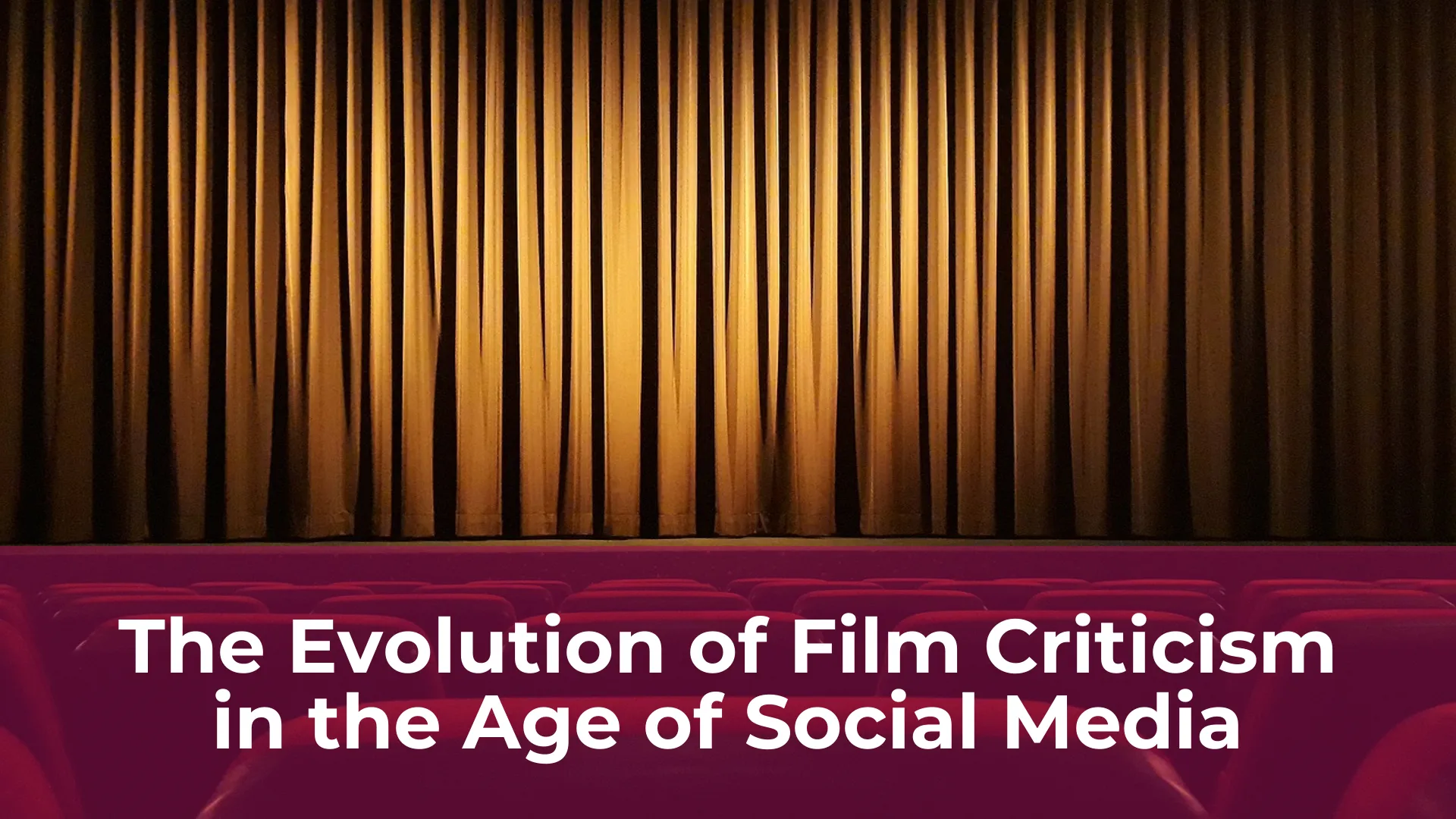Film criticism has been around since the first movies were shown to audiences. However, with the rise of social media, the way we approach criticism has fundamentally changed. Before the age of Twitter and Instagram, film critics had to rely on print publications to share their opinions. Now, anyone can share their thoughts with the world instantly, leading to a more democratized form of criticism. This has both positive and negative effects on the industry, as even amateur critiques can have a significant impact on a film’s success or failure.
The Beginning of Film Criticism
Film has a rich and fascinating history, and one aspect of that history that is often overlooked is the beginning of film criticism. Film criticism can be traced back to the earliest days of cinema, when audiences and filmmakers alike were still figuring out what this new art form was all about.
One of the most influential early film critics was the French writer and filmmaker Louis Delluc. In the 1910s and 1920s, Delluc wrote extensively on cinema, advocating for film as a legitimate art form and arguing that it should be taken seriously by critics and audiences alike. Delluc’s writing helped establish film criticism as a distinct discipline, separate from other forms of cultural commentary.
In the United States, film criticism began to emerge as a significant cultural force in the 1930s and 1940s, thanks in large part to the influence of a group of New York-based critics known as the “Little Group.” These critics, which included figures such as James Agee and Pauline Kael, wrote passionately about the movies and helped elevate the status of film from a mere form of entertainment to a serious art form worthy of critical analysis and discussion.
The Role of Print Media in the Development of Film Criticism
Print media has played a crucial role in the development of film criticism. Film criticism as an art form emerged in the early 20th century, and newspapers and magazines were the primary platforms for its expression. In the early days of cinema, film criticism was seen as a way of elevating cinema to the level of fine art, and print media provided a space for critics to develop a discourse around the medium. The influence of print media on film criticism can be seen in the work of pioneering critics such as André Bazin, who wrote for Cahiers du Cinéma, and Pauline Kael, who wrote for The New Yorker.
Print media has also been instrumental in shaping public opinion about films. Reviews in newspapers and magazines can make or break a film’s commercial success, and the opinions of critics can influence audience perceptions of a film. In addition to reviews, print media has also provided a space for in-depth analysis of films, interviews with filmmakers, and critical essays on the medium. The development of film criticism in print media has been a key factor in the growth of cinema as an art form, and it continues to play a vital role in shaping our understanding and appreciation of films today.

